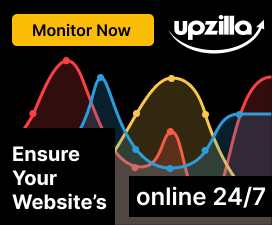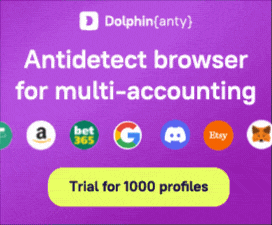The methodology that I adhere to is that the Title tag is one of the most important elements of modern Panda-friendly optimization.
Let's say I conduct some keyword research and find that "Keyword One" has 400,000 searches per month. "Keyword Two" has approximately 200,000 searches. By putting the primary and secondary keywords in the Title, there is an increased ability to rank for both of those terms.
For example, if you search for "outdoor lighting" in Google, you will get these top results:

Notice that the title of the first result is:
Outdoor Lighting & Exterior Light Fixtures - The Home Depot
This tends to be how things work in 2015 with Panda-friendly titles. There are, of course, many factors that determine rankings beyond the title tag. Investigate top results. Search for high competition keywords and analyze the sites that are ranking highest.
What do their title tags look like?
How is their URL structure set up?
What do their headers (h1, h2, etc.) look like?
How are keywords used in the on-page text?
What are the anchor texts / do-follow/no-follow status of their internal links?
Researching these elements of already-ranking sites will help you get a better understanding of what search engines are looking for.
I saw more people using this method
KEYWORD PHRASE ONE - KEYWORD PHRASE TWO | COMPANY NAME/BRAND
but why not
KEYWORD PHRASE ONE
??
Because Social Media Optimization | YourBrand is for your web category and homepage with Brand name.
Because you will get more traffic from being optimized for both keywords rather than a single one.









